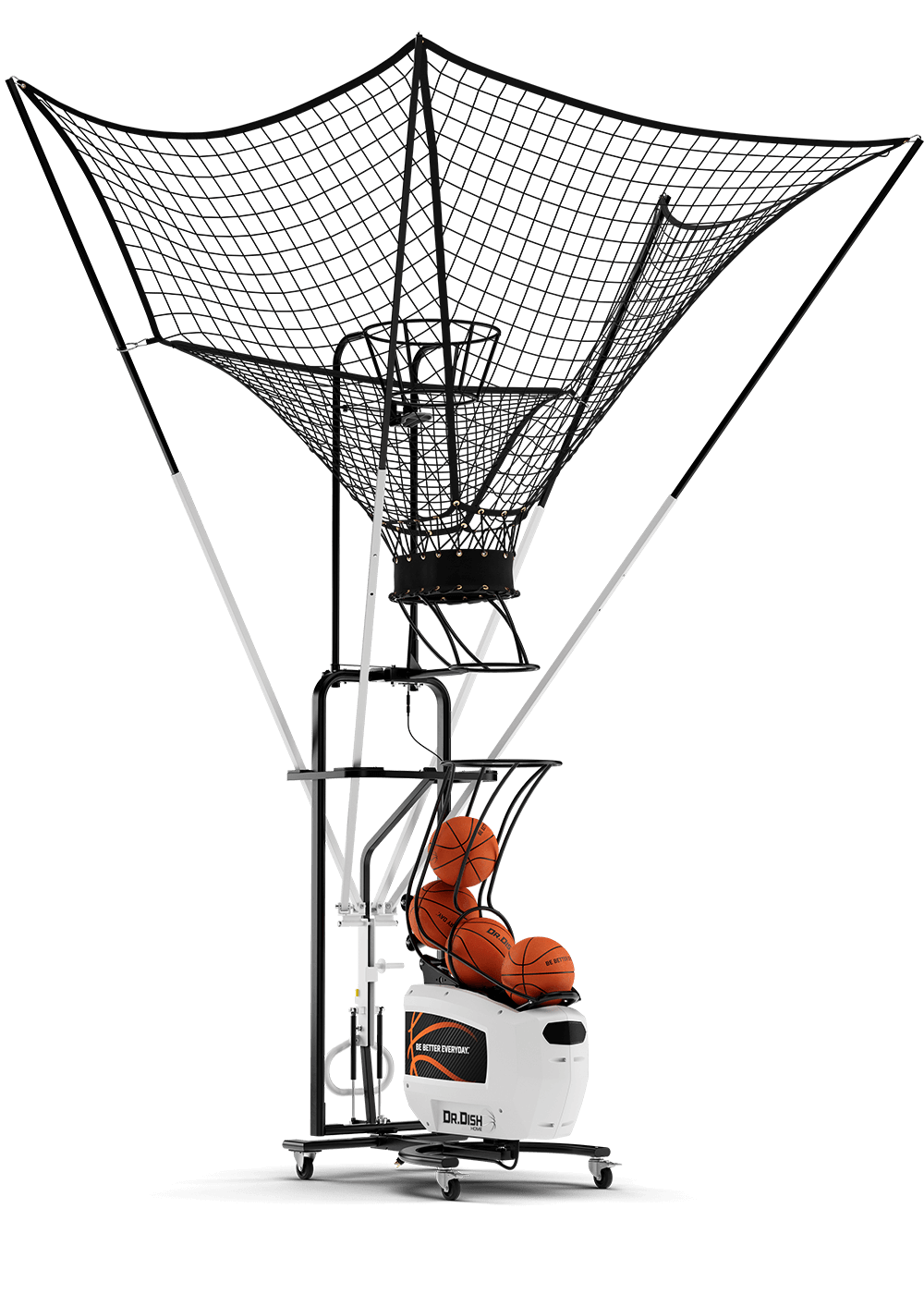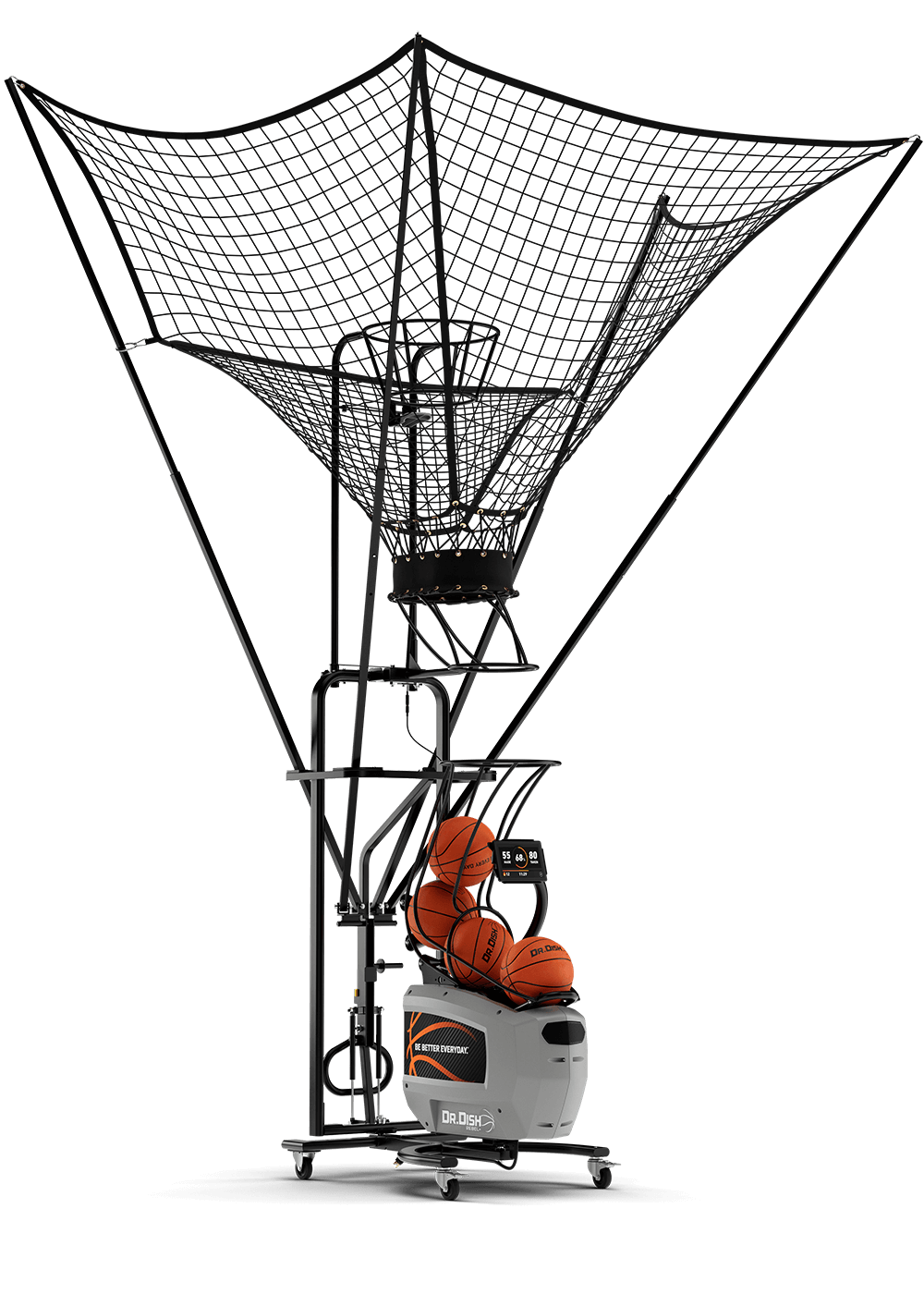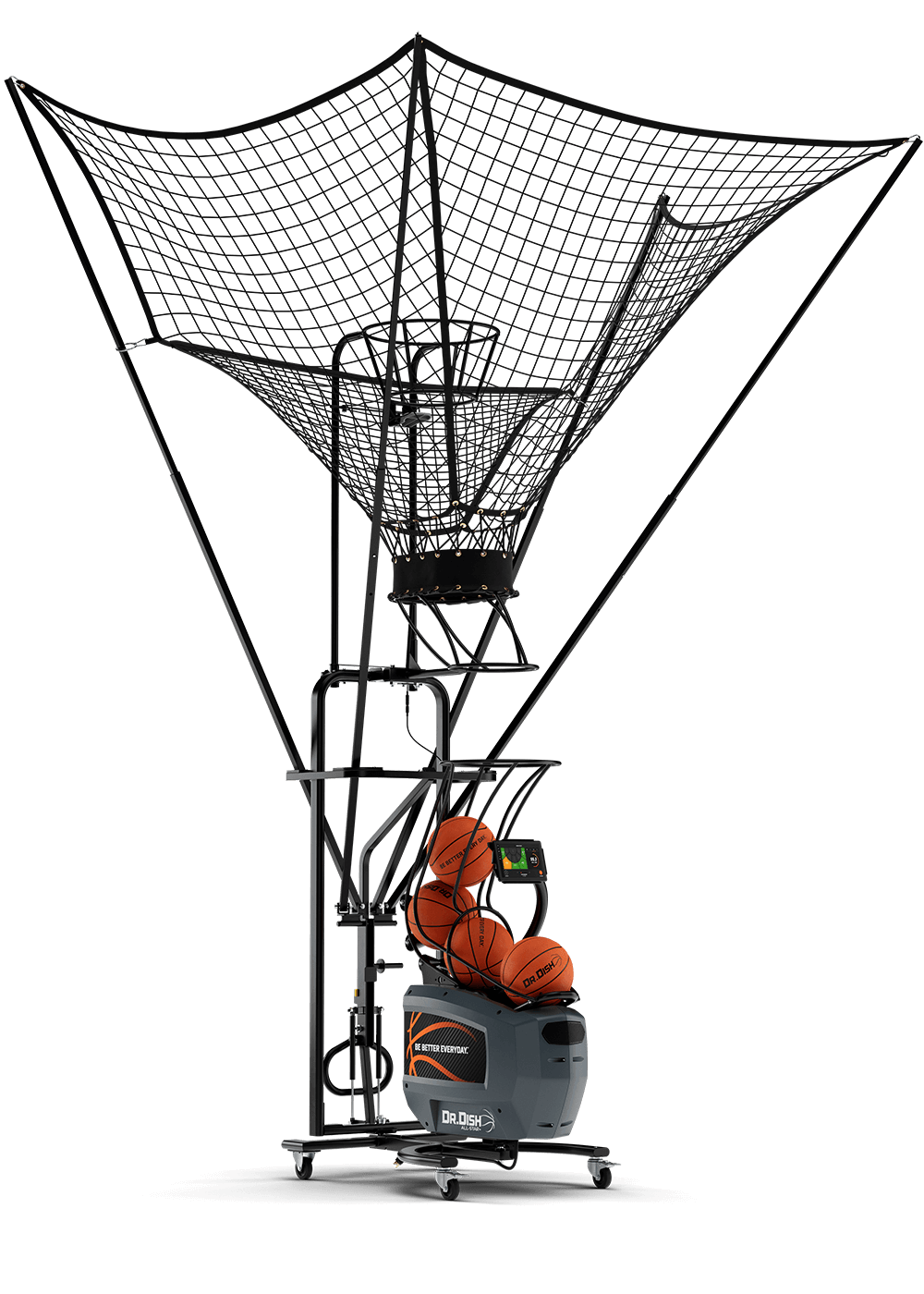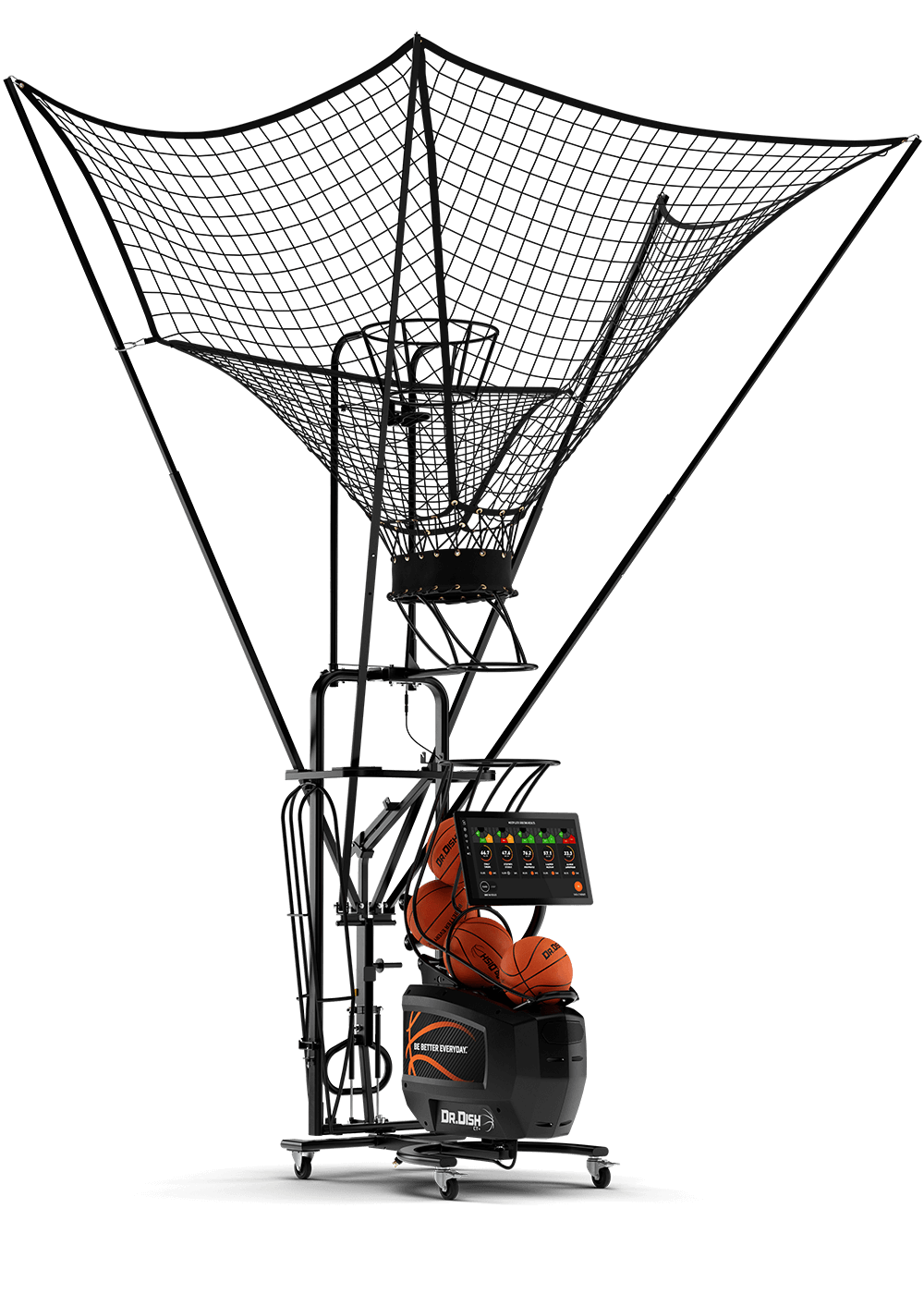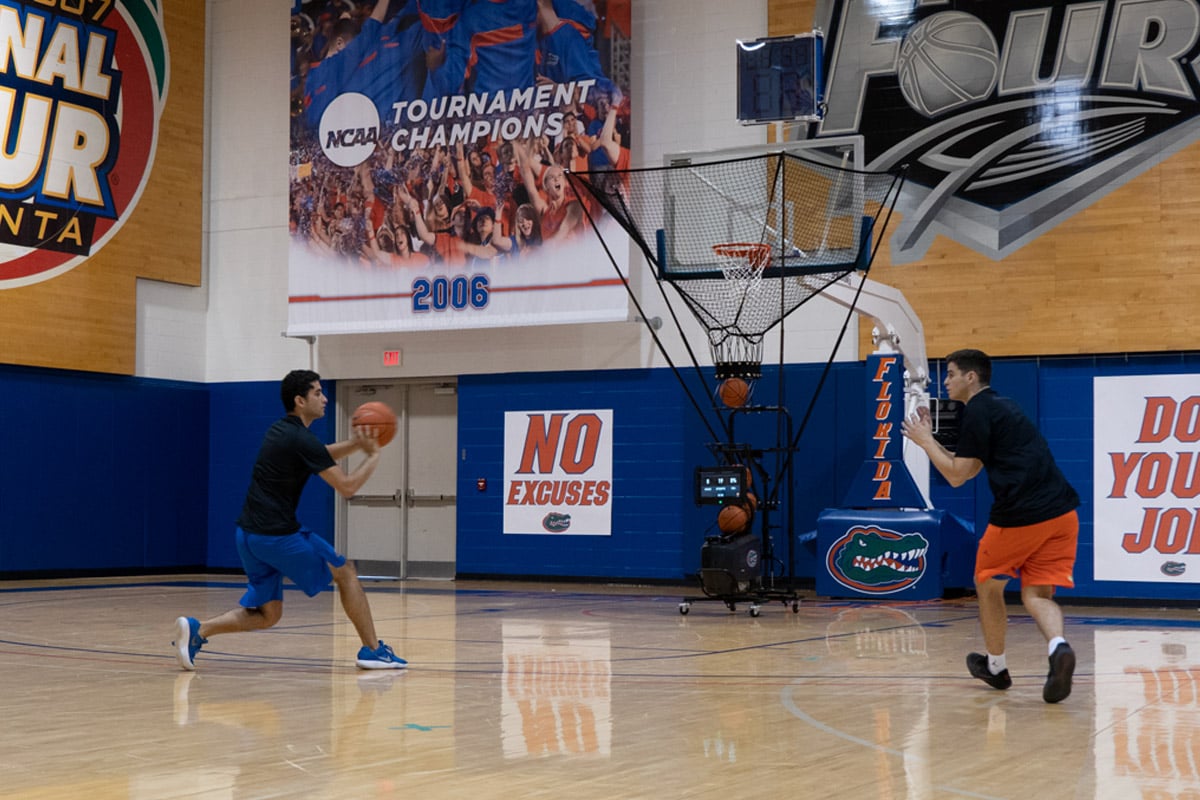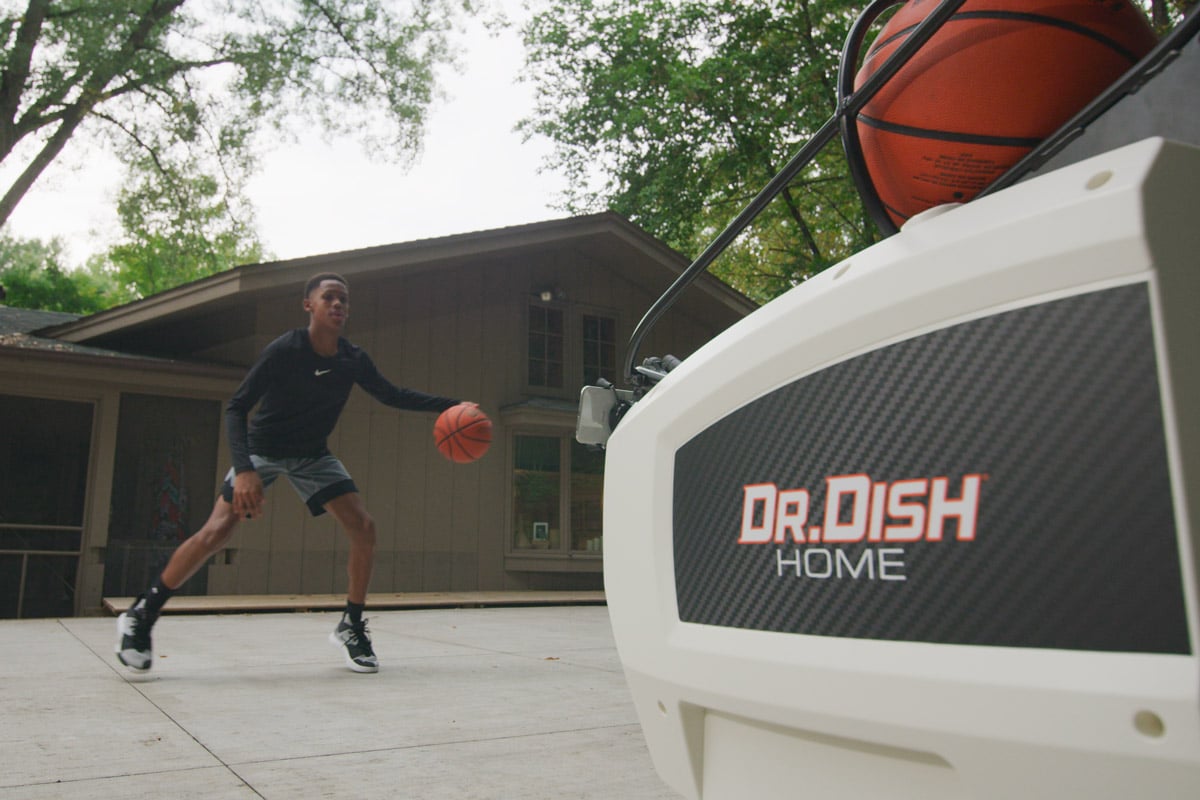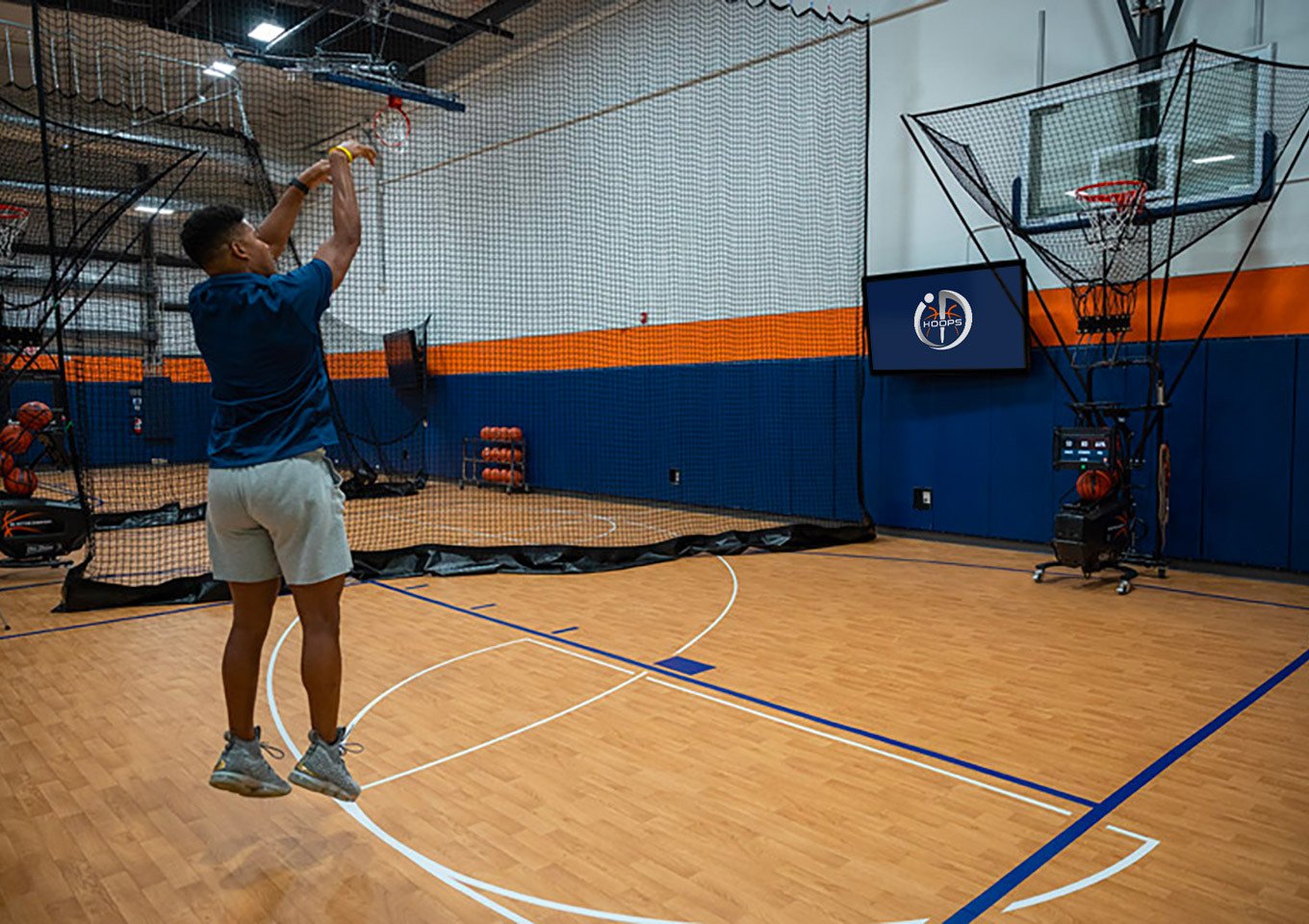How Your Practices Should Evolve Throughout The Season
by Jefferson Mason, on Nov 20, 2017 12:07:56 PM
The start of the basketball season brings change and optimism for each basketball program. This new season presents an opportunity for coaches to rebuild, sustain, or revamp their basketball team.
Every team is built differently and it's every coaches job to mold this collective unit into a well oiled machine. However, this may be difficult dependent on the teams talent level, returning players, and seniors on the team.
"Our practices evolve based on the youth of our team, the time of year, and the health of our team." - Jeff Strohm, Loyola Marymount University
Every coach hopes to have a winning season but the process is the tough part to manage. Each game is an opportunity to show growth and unity but the real hard work is done each and every day at practice.
This is one of the most frequent questions coaches ask and struggle with:
How do I maximize practice and also how should our practices evolve and be molded throughout an entire season?
At Dr. Dish Basketball we did some research to find out tips from our Dr. Dish family of college and pro coaches. We received some great feedback and have come up with an excellent guide and starting point for high school coaches at every level.
UNDERSTANDING TALENT LEVEL AND EXPECTATIONS
At the beginning of every basketball season, coaches will need to take the time to evaluate their returning players and also the new players on the team.
One of the most important things to remember is that each year is a new opportunity for coaches and players. Make sure to give every player the benefit of the doubt and for your returning guys make sure not to box them into the role they may have had the season before. You never know the amount of work a player has put in during the off season, so giving them the opportunity to present this to you is crucial.
Typically, coaches that have seniors returning will feel more optimistic about the upcoming season being that they have older kids that understand expectations. Oftentimes younger players won't understand how important every detail is and how small things can affect the team as a whole. Having older, more mature guys leading the way can help with this. When coaches have to rely on younger inexperienced players there can definitely be a learning curve and some frustration along the way.
This is where managing expectations is huge. From year to year these expectations will change and evolve. As a coach you have to be able to ride that wave from time to time. However, by no means should you lower team standards and rules. This is a completely different subject and if your school or basketball program requires certain standards to be followed, make sure to never relent on those. Expectations of winning games and being as good as prior years teams are never a great way to motivate players. They will feel alienated and this will create a rift within your program.
Setting goals based on the initial evaluation of returning and new talent will help set the bar for the year and will create a goal in which players can try to reach and achieve. I personally love to set short term goals that will lead into long term and maybe eventually even semi-unrealistic goals. This will help keep team moral high and also account for the ups and downs during the season.
PRESEASON/START OF SEASON
"The structure of your practice is the most determining reason for your success or lack of success as a coach." - Bob Knight
After teams are made and expectations set, coaches will focus on getting their team ready to compete at the highest level. Preseason is a great way to give players a chance to show themselves and also play with some different combinations of players as well.
This is one of the first times coaches will really have to focus on how they are managing and maximizing practice time. There are so many things that need to be worked on. At times for coaches this may be overwhelming. Based on the talent level and returning players, coaches will have to tweak the amount of time they dedicate for skills development, competitive drills, and implementing offensive/defensive systems.
Below is the general amount of time coaches should dedicate to these fields based on a 2 hour practice and also feedback from some of the best college programs in the country.
1. Skill Development - Shooting, Ball-handling, Post play (30 min)
Some coaches take 15 minutes or so at the beginning of practice to get players warmed up and ready to go. At the high school level this may be necessary especially if players are entering the gym right as practice is starting. Most college coaches expect their players to show up early and warm-up on their own as practice time is incredibly valuable. When it's time to work, coaches like to put the pedal to the floor immediately. High school coaches should either recommend or require players to arrive 10-15 min early to warm up. This way every minute of practice time can be maximized.
It's a good idea to separate your players at some point to work on specific skill development. Typically the split is between guards and post players. This is a great opportunity to not only develop skill but also replicate game-like scenarios and situations players will be in. These situations will be based around your offense and the looks your players will get.
A great way to maximize this time is by using your Dr. Dish All-Star shooting machine. Not only will you be able to set goals for the guards or post players, but you'll also be able to simulate game like situations using the Dish. The goal is for the players to get the most amount of game-like reps in within the allotted time.
Post players likewise can maximize reps by moving the Dish away from the hoop and swiveling the net system. This allows for the post players to receive a consistent pass from the outside with the ability to finish at the hoop. With this feature, coaches can focus more on coaching rather then making passes.
2. Competitive/Conditioning Drills (45 min)
Competitive drills early in the season will give players the opportunity to compete and show what they have. These drills are a great way to find the creme of the crop and also get your players into shape while also competing. College coaches love to work on transition offense and defense in these drills and its a great way to incorporate your coaching philosophy while the players compete.
Oftentimes these drills will put the offense or defense in an undermanned position or a difficult scenario in which they will have to communicate and play with extra effort to win. Once again these drills are great to work on conditioning as well. But if you find your players to be out of shape, then make sure to take some time to add in conditioning drills at the end of practice.
3. Implementing Systems/5 on 5 play (45 min)
For tactical coaches and teams that feature younger or inexperienced players, implementing systems will be extremely vital early on.
This doesn't necessarily mean the fine details of the offense or special situations, however. I'm talking about the general offense and style of play you will aim for. If you're a coach heavy into offensive systems, you'll want to make sure you don't overload your players too early. Even though systems are in place, you want your players to still feel comfortable making plays and playing freely. Coaches that lean towards an open, positionless, or motion offense won't need to utilize as much time implementing strict systems.
Defensively, once again make sure you lay the ground work early on what the expectations and philosophy you have as a coach. Some coaches may jump back and forth from man to man and zone defense, but early in the season it's important to give your players the chance to prove one way or the other then can play the defense of your choice.
Ss the season progresses you can make changes and adjustments based on what you're seeing. Most players dislike playing defense so making this into a competitive drill can help get players fired up. Once again make sure to stay fairly high level at this point so that your players won't get overwhelmed especially if you have younger or inexperienced players.
MID-SEASON
As your team transitions from early season towards the heart of the season it's important to focus on several things. At this point in time you have a pretty good sample size in regards to the level of your team and also some adjustments you need to make. There will be several crucial decisions moving forward that may make or break your season so take the time to meet with your other coaches to get their opinion as well moving forward.
1. Skill Development/Competitive Drills (30-45 min)
Skill development and maintaining skill throughout the season is a huge piece for a success. As the season progresses, coaches will want to fine tune plays and prepare for opponents more and more. Sometimes this causes a team to lose their identity and some skills they may have been proficient in before.
For example, some teams start the season out hot shooting and that may be due to having good shooters that have worked on their game during the summer. Then as the season hits its mid point, you often see teams struggle at minor things they were really good at before. This could be any skill set and if you arent keeping the machine well oiled, eventually it will tighten up. Keep player and team skills up by dedicating time each and everyday.
This is a great opportunity to pull out your Dr. Dish shooting machine and set shooting goals for your players. One great way would be to set the Dish on a timed goal and see how many shots players can make at different locations within 5, 10, or 15 minutes. Continue to evolve that goal and push the players to keep getting better!
Player roles within the team will for the mostly be defined at this point. However, this doesn't mean a player can't gain or lose minutes but usually players will understand their role and how much playing time they will get. It's important to incorporate competitive drills so that players don't get lazy in their roles and also lose their competitive spirit. This also helps with players that may not be getting a ton of minutes during games. It's great for them to have a chance to compete so they continue to feel a part of the team and also know they are helping in some way.
2. Critique and fine tune plays/5 on 5 play (30-45min)
The mid-season is a great time to focus on the second and third options within your offensive sets. Most all teams will scout and typically start to play defense better as the season progresses. You want your team to be able to run the offense beyond the 2nd and 3rd option. If there are specific plays that don't fit your team you'll want to nix them and potentially add in a few more to keep your opponents guessing. Your players should be comfortable with your coaching style and expectations at this point so make sure to focus on the details each practice and continue to fine tune everything.
This is the point where you'll want to start implementing special situations and end of game scenarios within your practices as well to start preparing for playoff-like atmospheres.
3. Opponent Preparation/Team Weaknesses (30-45min)
"We work on opponent preparation and what we need to get better at following our film sessions. It's all about building great habits." - Alvin Brooks, Baylor University
Opponent preparation has continued to grow and become more important for teams at the high school level. Some coaches go above and beyond when it comes to opponent scouting. Even if you aren't a coach that focuses on scouting opponents, it's a good idea to implement this into your practice schedule.
Most high school players will do better with actual on-court opponent preparation in comparison to paper scouting packets. Both are extremely valuable but if the players can visually see whats happening on the court then that will help them make split decisions come game time. The time you set aside for opponent preparation will be flexible every week depending on the opponent and day of the week. The closer you get to game day, the more time you should dedicate.
If your team watches film or even just your coaching staff, be sure to utilize this time as well to work on weaknesses. Focus on weaknesses like players hustling to spots, making the correct reads, or even if teams are defending a certain way. These will be weaknesses that your team will have to overcome or figure out. Otherwise opposing teams will continue to take advantage of these weaknesses all season. The basketball teams that figure out how to make adjustments and get better each day will have the chance to compete for a championship at the end of the year.
END OF SEASON/POST-SEASON
Shorter practices
As the season nears end, it's once again important to adjust your practice schedule. At this point in the season most high school players bodies are worn out and tired. Mentally and physically the school year and season have drained most players.
The goal in practice now is to prepare for post-season if your team is in this position. If your team isn't where you'd hope it to be, shortening practices still can help with keeping players focused and driven. Some coaches think that they need to run players into the ground at the end of the season especially if the team has under achieved. This is the complete opposite of what you want to do as a coach and this will lead to a negative taste in everyone's mouth when the season concludes.
The goal is always to end the season positively regardless of your win-loss record and gain some momentum and optimism for the next year. Keeping the players healthy and fresh for the post season should be the focus. This is the most important time of the year.
1. Competitive Drills (20-30 min)
Competitive drills should be limited to make sure guys aren't getting hurt and so that more time can be dedicated to more important things. Skills work is still very important during this part of the season whether you team is a post-season contender or not. Using your Dr. Dish machine to maximize you time on the court is huge during this time of the year. You want to be able to get the most amount of reps in within a specific time frame.
2. Shooting (20-30min)
Make sure to continue to practice shooting the ball as much as you can during practice.
Using your Dr. Dish shooting machine to maximize you time on the court is huge during this time of the year. You want to be able to get the most amount of reps in within a specific time frame. Using the Dish during practice will also help develop player confidence and also give you the statistical feedback you desire. By setting goals using the Dish and tracking your players progress, you are allowing them to get that competitive itch out while making sure they don't get hurt in a random competitive drill. The end of the season into post season is when you want to get hot and be playing at the highest level. But it's still important to keep players accountable and especially having fun.
3. End of Game Situations/5on 5 play (20-30min)
"It's the little details that are vital. Little things make big things happen." - John Wooden
At the end of the season, teams have scouted and done their due diligence in preparing for opponents. A lot of games will come down to the wire and will be decided at the end. Coaches and players will need to be in tune with approaching end of game situations.
These situations will vary depending on if your team is up or down. Sometimes this could include a last second shot or full court play for the game winner. Other times it can be time management if your team for example is up 5 with a few minutes left in the game. You want players to be comfortable in these situations and know what to expect and feel. These "down to the wire" games will often determine if your season continues or not.
Use this time in practice to set up certain plays that you will run to get the best look a bucket when you need it most. Make sure your players know how to handle press or how to get the basketball in your best free throw shooters hands.
Put 60 seconds on the clock and have one team with the ball down by 5. Walk them through what this will look like and then have them go live on both sides. One team is practicing maintaining a lead while the other is trying to score and get stops to come back. The teams that are ready and prepared when the time comes will find themselves on the winning side of these close battles.
BEST OF LUCK!
Our recommended practice structure and time allotment is just a general outline and can be molded to your programs needs. Feel free to make adjustments based on your coaching philosophy and also the make up of your team.
Remember it's a good idea to be flexible to a certain degree and allow your team to carve out its own path. Dr. Dish appreciates the insight provided by our college/professional partners and we believe these hints and guidelines will help take your practice, and ultimately season, to the next level!
COACHES: Do you have any specifc suggestions that you would provide? Let us know in the comments!



